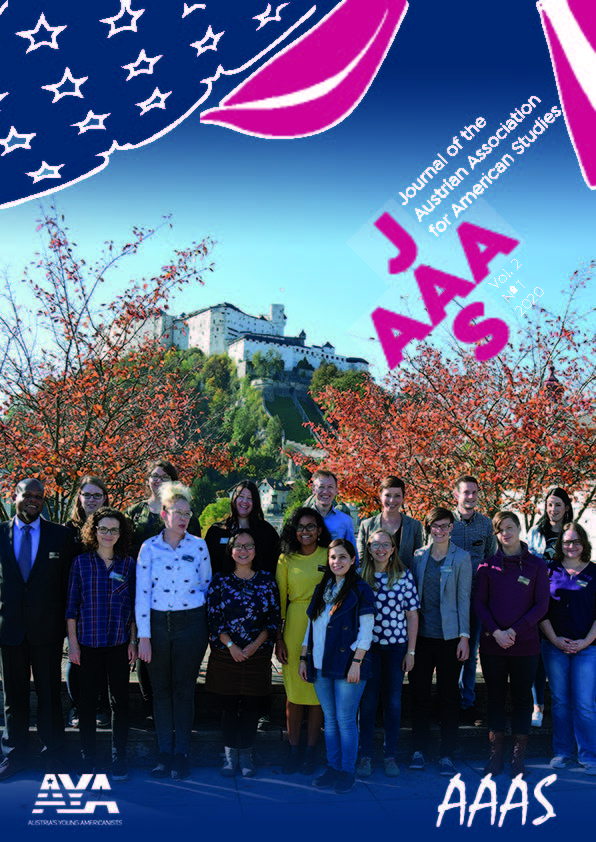Guest Editors' Editorial
In lieu of an abstract, this is the first paragraph of the contribution:
This third issue of the Journal of the Austrian Association for American Studies (JAAAS) is a special issue in more ways than one. The idea at its core was to highlight contributions by emerging scholars in American studies at Austrian universities, compiled and arranged by a team of guest editors who are members of Austria’s Young Americanists (AYA)—the graduate network affiliated with the Austrian Association for American Studies (AAAS). Beyond that, the journal itself is likewise young—at the time we began our work, it had just been founded and was still in its conceptual stages. As such, the editing process presented a number of unique challenges in the ambitious process of putting together a special issue. While most jobs in academia are tenuous, with 78% of all scientific jobs at universities being limited term,1 coordinating long-term projects presents an exciting but sometimes unpredictable endeavor, especially at the early career level. This is reflected in both the composition of the issue’s editorial team, as well as the remarkable flexibility demonstrated by all contributors throughout the process.

